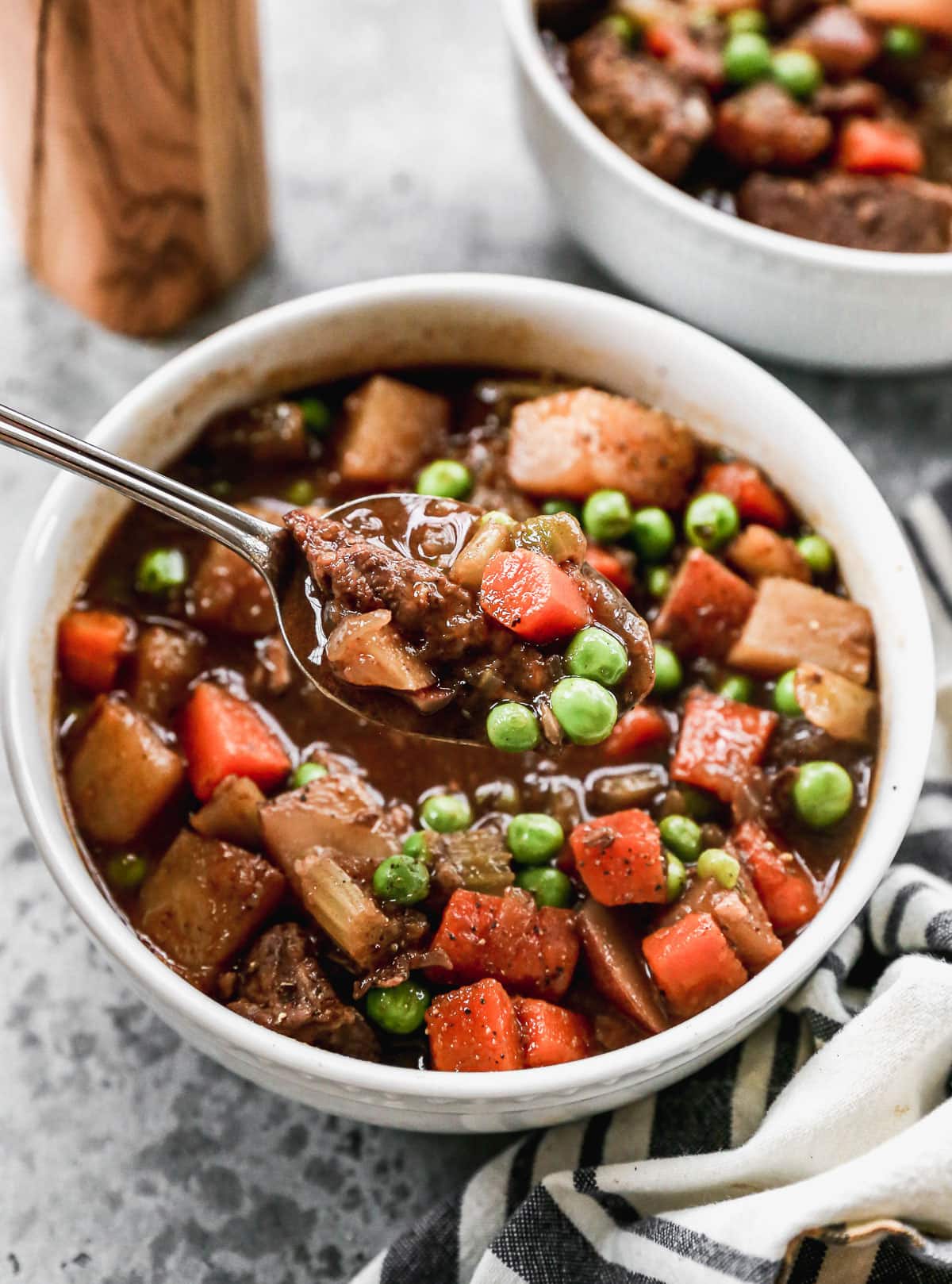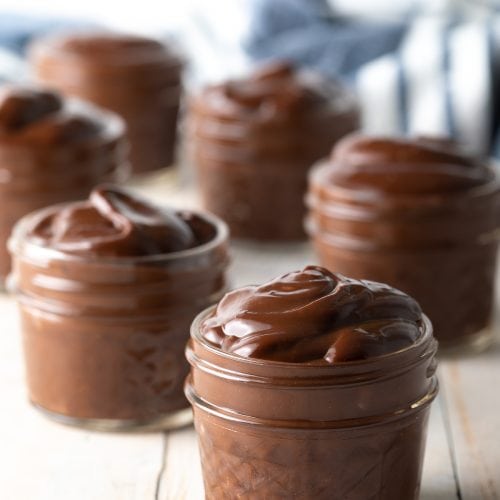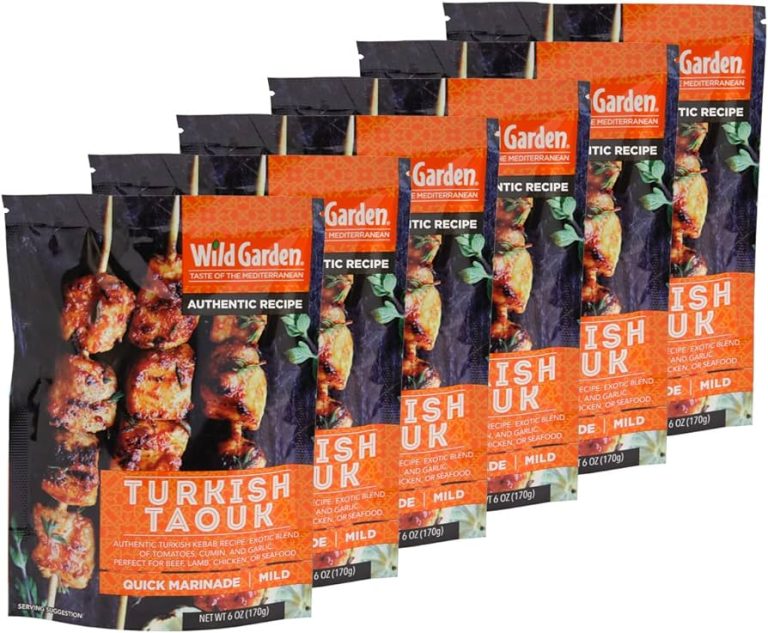Slow Cooker Homemade Beans: Tips for Flavor, Nutrition, and Savings
Slow cooker homemade beans offer superior health benefits compared to canned beans. Cooking beans at home ensures no added preservatives or sodium. This control over ingredients leads to a healthier meal option. Homemade beans retain more nutrients like protein, fiber, vitamins, and minerals. For example, folate and magnesium remain more intact in slow-cooked beans. By consuming these nutrients, you support heart, digestive, and overall health. Additionally, the slow cooking process aids in better digestion, reducing the risk of bloating and other gastrointestinal issues.
Cost-Effectiveness
Using a slow cooker to make homemade beans is highly cost-effective. Dried beans are significantly cheaper than canned beans. For example, a pound of dried beans can make about six cups of cooked beans, costing less than $2. By purchasing dried beans in bulk, you further reduce costs. Slow cookers are energy-efficient, and they use less electricity compared to stove-top cooking methods. Preparing beans at home also minimizes waste, as you can avoid unnecessary packaging from canned beans. Consequently, you save money while contributing to a more sustainable environment.
By leveraging these benefits, slow cooker homemade beans become a valuable addition to your diet.
Selecting Your Beans for Slow Cooking
Types of Beans to Use
Choose beans based on texture and flavor preferences. Common options include black beans, kidney beans, and pinto beans. Black beans work well in soups and salads, kidney beans suit chilis, and pinto beans are ideal for refried beans and stews. Each type provides a different taste profile and texture, making them versatile for various recipes.
Prepping Beans for Cooking
Rinse beans to remove dirt and debris. Soak beans to reduce cooking time and improve digestibility. Use either the overnight method, soaking beans in water for 8-12 hours, or the quick soak method, boiling beans for 2 minutes and letting them sit for 1 hour. Drain and rinse soaked beans before placing them in the slow cooker. This step ensures even cooking and better flavor absorption.
Setting Up Your Slow Cooker
Required Equipment
Gathering the necessary equipment simplifies the process and ensures consistent results. You’ll need the following items for making homemade beans with a slow cooker:
- Slow Cooker: Choose one with a capacity of at least 4 quarts for flexibility in batch sizes.
- Measuring Cups and Spoons: Accurate measurements improve consistency and flavor.
- Colander: Rinse and drain beans efficiently to remove debris and excess starch.
- Mixing Bowl: Soak beans overnight in a large bowl to facilitate even cooking.
- Cooking Utensils: Use a sturdy spoon or ladle for stirring.
- Spice Rack: Keep your essential spices like garlic, salt, and bay leaves ready to enhance flavor.
- Low Setting: Cook beans on low at 200°F-210°F. This preserves nutrients and flavors and usually takes 6-8 hours.
- High Setting: Opt for the high setting at 250°F-300°F if pressed for time. This method typically takes 3-4 hours but may sacrifice some texture.
- Soaking Time: Soak beans overnight or at least 8 hours prior to cooking. This helps achieve even cooking and reduces cooking time.
- Cooking Time Based on Bean Type: Adjust cooking times based on the type of bean. For instance, black beans often take 6-7 hours on low, while kidney beans may require 7-8 hours.
Flavor Enhancements
Herbs and Spices to Add
Enhancing the flavor of your slow cooker beans involves adding the right herbs and spices. Common additions like garlic, cumin, and bay leaves bring robust flavors. Fresh herbs such as thyme and rosemary can introduce fragrant notes. Spice combinations, for instance, smoked paprika combined with chili powder, add depth and a hint of smokiness.
Example Herbs and Spices:
- Garlic: Adds a pungent aroma and savory taste.
- Cumin: Offers an earthy flavor ideal for Mediterranean and Mexican dishes.
- Bay Leaves: Impart subtle bitterness enhancing the overall flavor profile.
- Thyme and Rosemary: Provide floral and pine-like notes respectively.
- Smoked Paprika and Chili Powder: Add smokiness and heat.
Experiment with these to achieve desired flavor profiles for a variety of cuisines.
Tips for Richer Flavor
Ensure your beans develop a richer flavor by employing certain techniques. Sautéing onions and celery before adding them enhances their natural sweetness and depth. Incorporate umami-rich ingredients like miso paste or soy sauce for an extra layer of savoriness. Bone broth, instead of plain water, fortifies your beans with additional nutrients and taste.
- Sautéing Vegetables: Release their complex sugars for a sweeter taste.
- Adding Umami Ingredients: Miso paste or soy sauce boosts savoriness.
- Using Bone Broth: Enrich flavor while boosting nutritional content.
Applying these tips ensures your homemade beans turn out flavorful and satisfying.
Common Mistakes to Avoid
Overseasoning
Overseasoning beans disrupts their natural flavor balance. Slow cooker recipes often require less seasoning because the extended cooking time enhances the overall flavor. If you add too many spices (e.g., cumin, chili powder, or pepper) at the beginning, the end result can be overpowering. To avoid this, start with smaller quantities and adjust seasoning toward the end of the cooking process.
Choosing the Wrong Bean Type
Choosing the wrong bean type impacts both texture and taste. Different beans (e.g., black beans, kidney beans, pinto beans) have varying cooking times and absorb flavors differently. If a recipe calls for a specific type, substituting it with another may yield undesirable results. For the best outcome, use the recommended type or make adjustments if using an alternative variety.
Conclusion
Mastering the art of slow cooker homemade beans can revolutionize your meal planning. By understanding the nuances of bean selection and proper seasoning techniques, you’ll create dishes that are both flavorful and nutritious. Remember to adjust cooking times based on the type of beans and always start with less seasoning, adding more as needed. With these tips, your slow cooker will become an indispensable tool in your kitchen, providing you with delicious and cost-effective meals. Enjoy the process and the delectable results!






